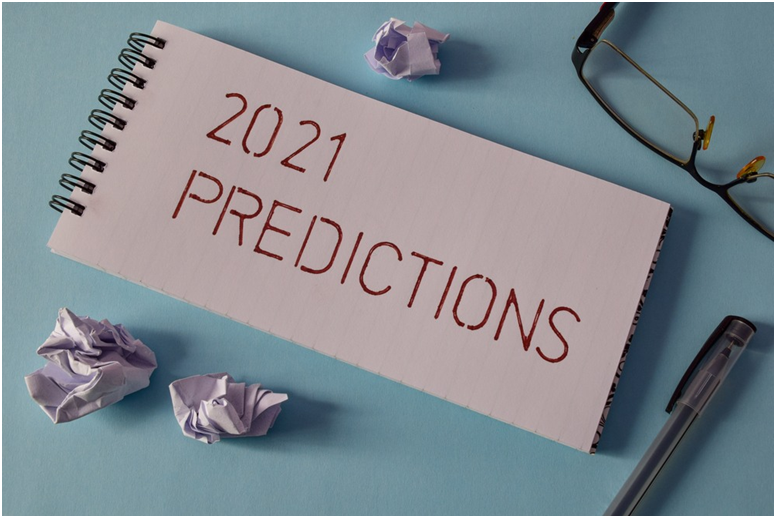
Charles R. Goulding and Preeti Sulibhavi look ahead to a new year in 3D printing with nine predictions of what’s to come in 2021.
Here are our top 3D printing predictions for 2021.
1. We expect the 3D printing industry to continue making important contributions to satisfy the need for PPP during the first half of 2021 including: swabs, masks, shields, gowns, lab equipment and parts for respirators and ventilators.
2. We anticipate a major IPO for Carbon 3D perhaps, via SPAC.
3. We believe that the medical device and bioprinting sectors will remain strong and benefit from 2020 strategic acquisitions at Medtronic, Stryker and Zimmer Biomet along with a resumption of elective surgeries.
4. We anticipate exciting new products from the semiconductor and electronics markets.
5. By the end of 2021 we predict the return of 3D printing trade shows using a new hybrid live and virtual model.
6. The airline industry should steadily rebound with the Tier suppliers utilizing increasing amounts of 3D printing for both OEM and replacement parts.
7. We believe the long-held promise of metal 3D printing will begin to have a market impact.
8. The extension of U.S. alternative energy tax credits along with major Federal R&D investments in solar, wind and geothermal should provide major new 3D printing opportunities.
9. The use of 3D printing components for specialized aerospace products including drones, satellites and rockets should remain very strong.
Companies engaged in 3D printing activities and similar developments may be eligible for the Research and Development Tax Credit.
The Research & Development Tax Credit
Whether it’s used for creating and testing prototypes or for final production, 3D printing is a great indicator that R&D Credit eligible activities are taking place. Companies implementing this technology at any point should consider taking advantage of R&D Tax Credits.
Enacted in 1981, the now permanent Federal Research and Development (R&D) Tax Credit allows a credit that typically ranges from 4%-7% of eligible spending for new and improved products and processes. Qualified research must meet the following four criteria:
- Must be technological in nature
- Must be a component of the taxpayer’s business
- Must represent R&D in the experimental sense and generally includes all such costs related to the development or improvement of a product or process
- Must eliminate uncertainty through a process of experimentation that considers one or more alternatives
Eligible costs include US employee wages, cost of supplies consumed in the R&D process, cost of pre-production testing, US contract research expenses, and certain costs associated with developing a patent.
On December 18, 2015, President Obama signed the PATH Act, making the R&D Tax Credit permanent. Since 2016, the R&D credit has been used to offset Alternative Minimum Tax (AMT) for companies with revenue below $50MM and, startup businesses can obtain up to $250,000 per year in payroll tax cash rebates.
Conclusion
Our firm members have followed 3D printing developments for decades. We have made the use of 3D printing products by our clients and writing about 3D printing on Fabbaloo a core aspect of our practice. We are increasingly glad we did.
